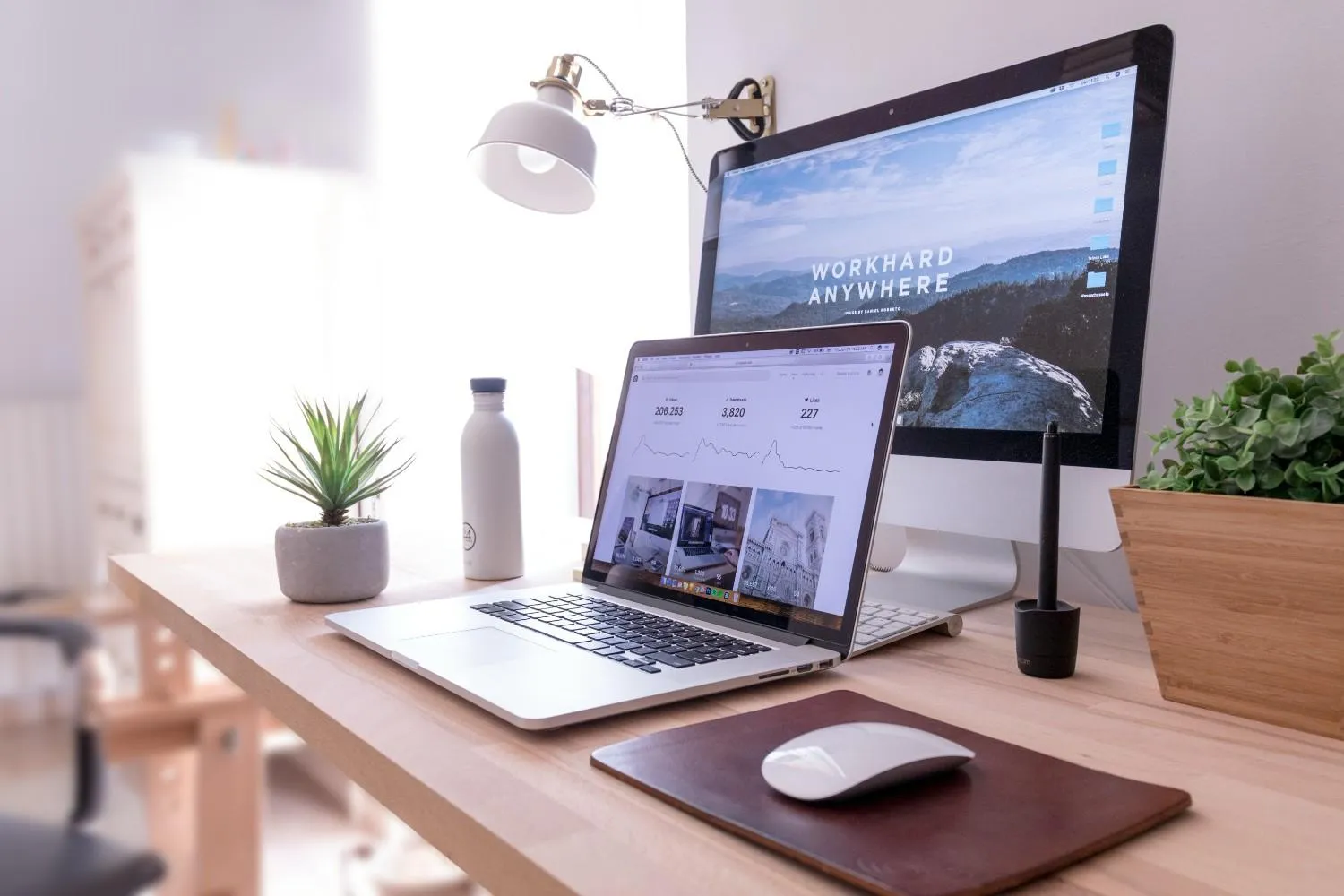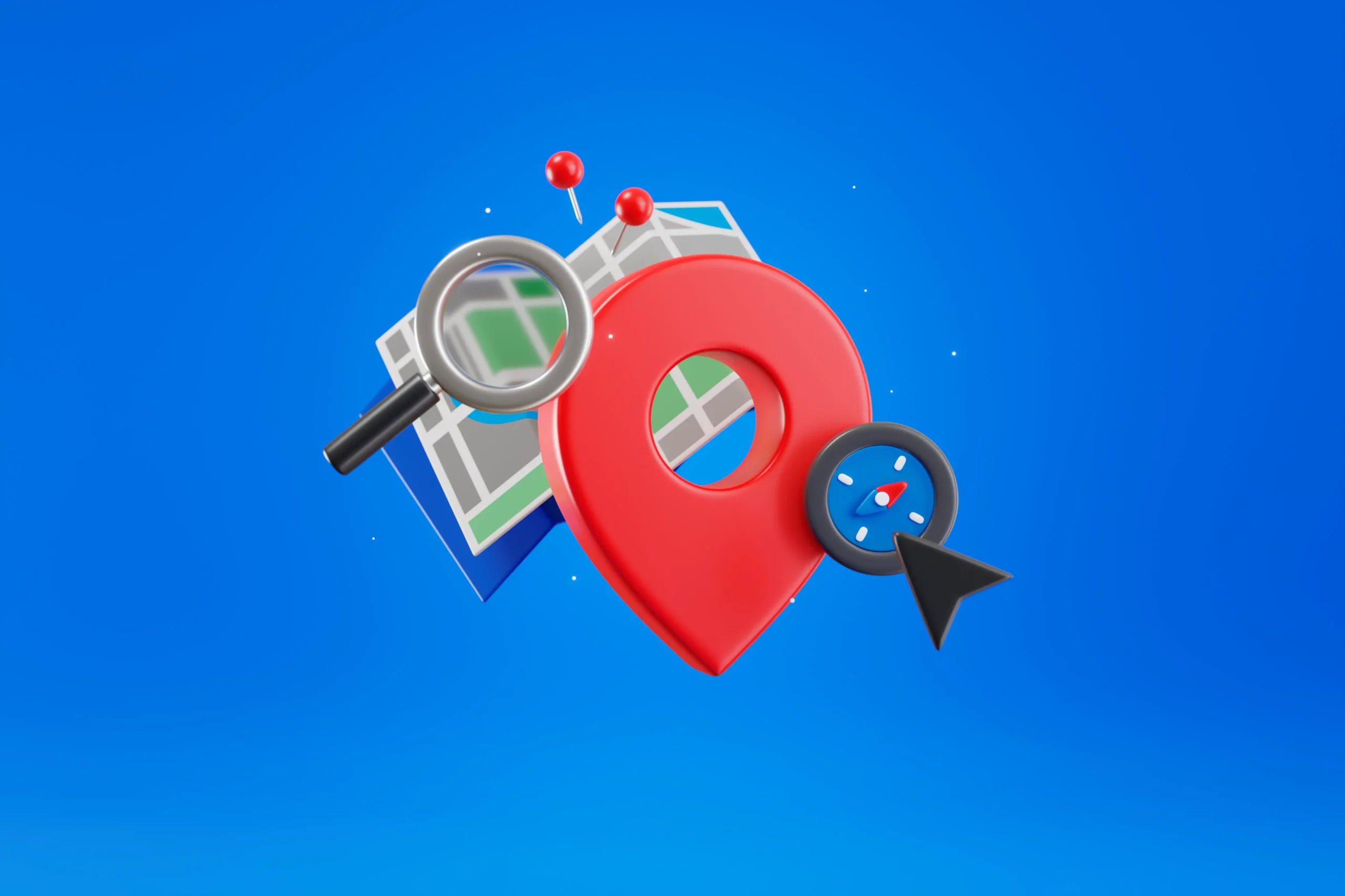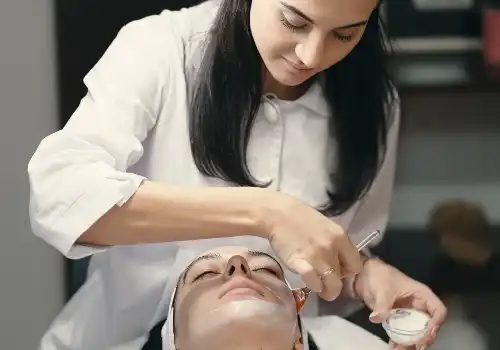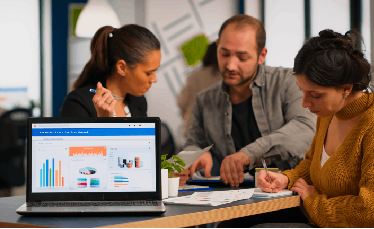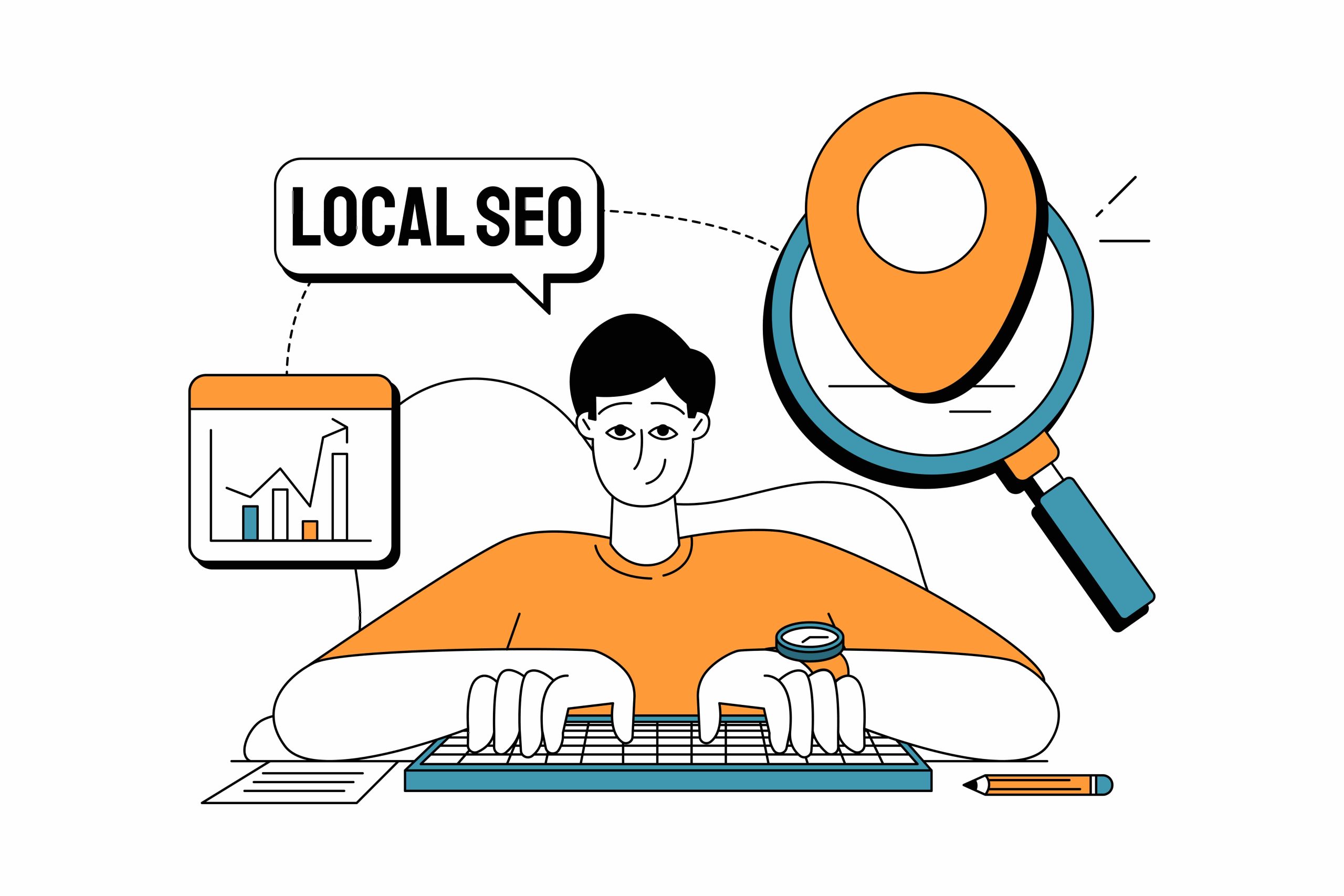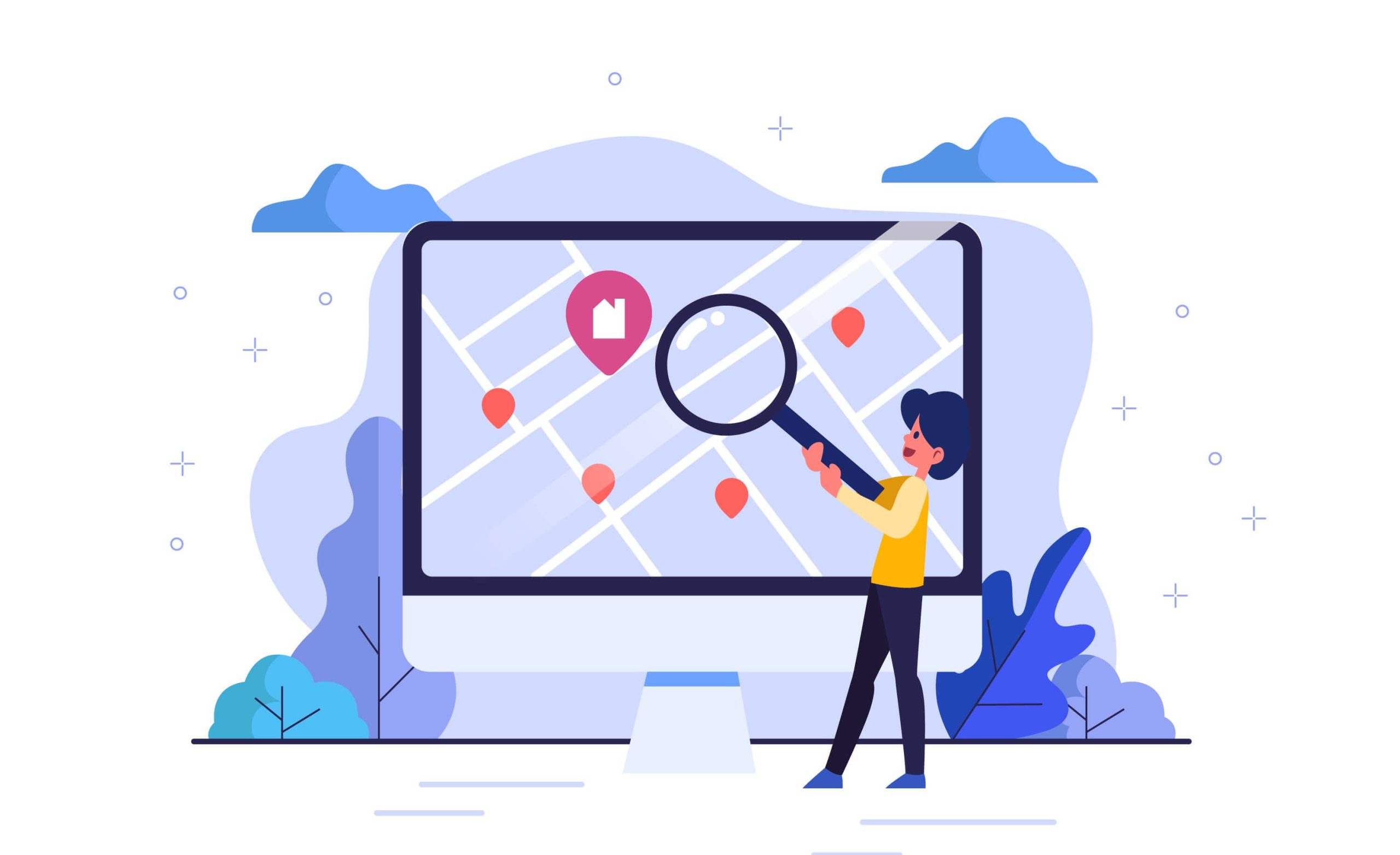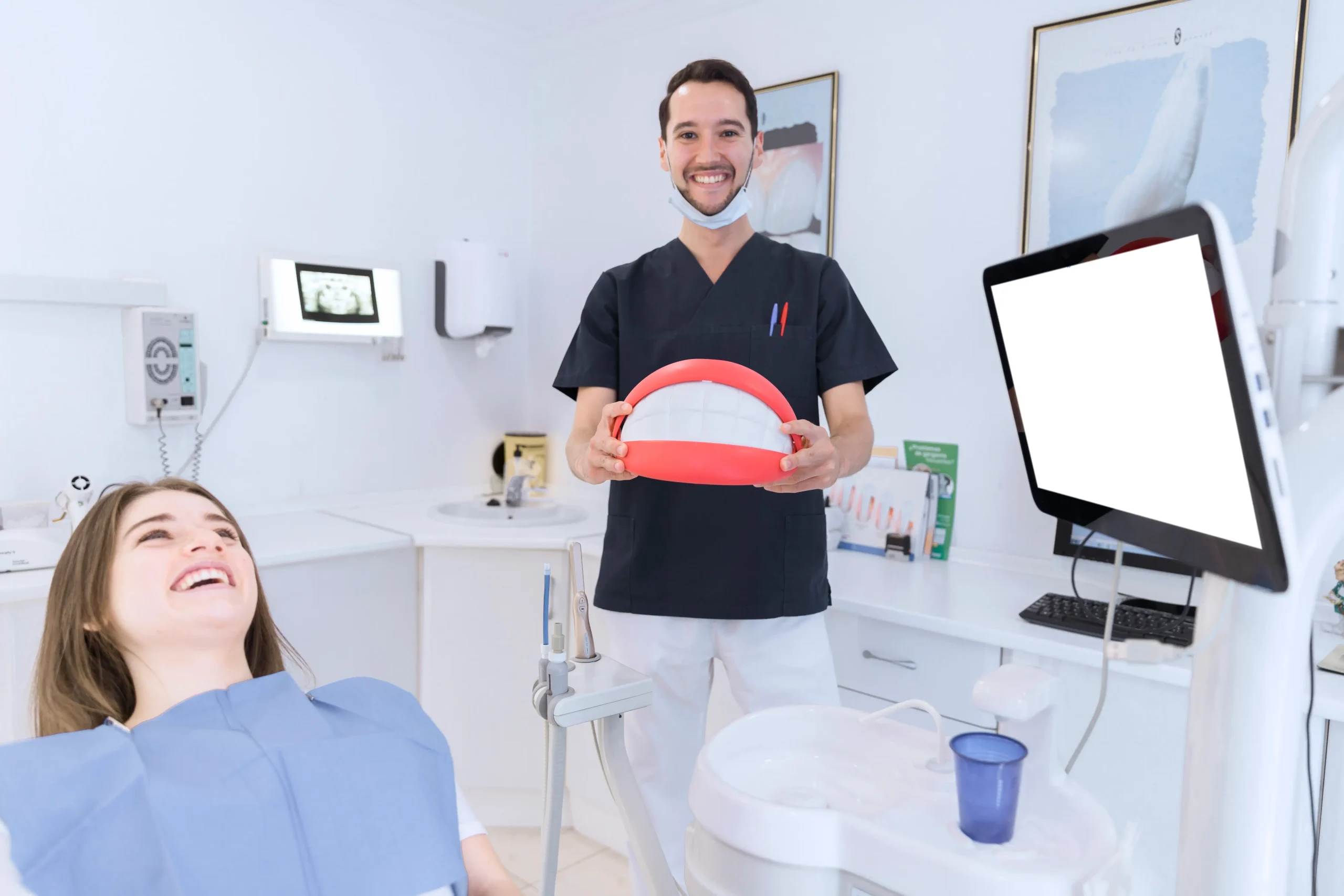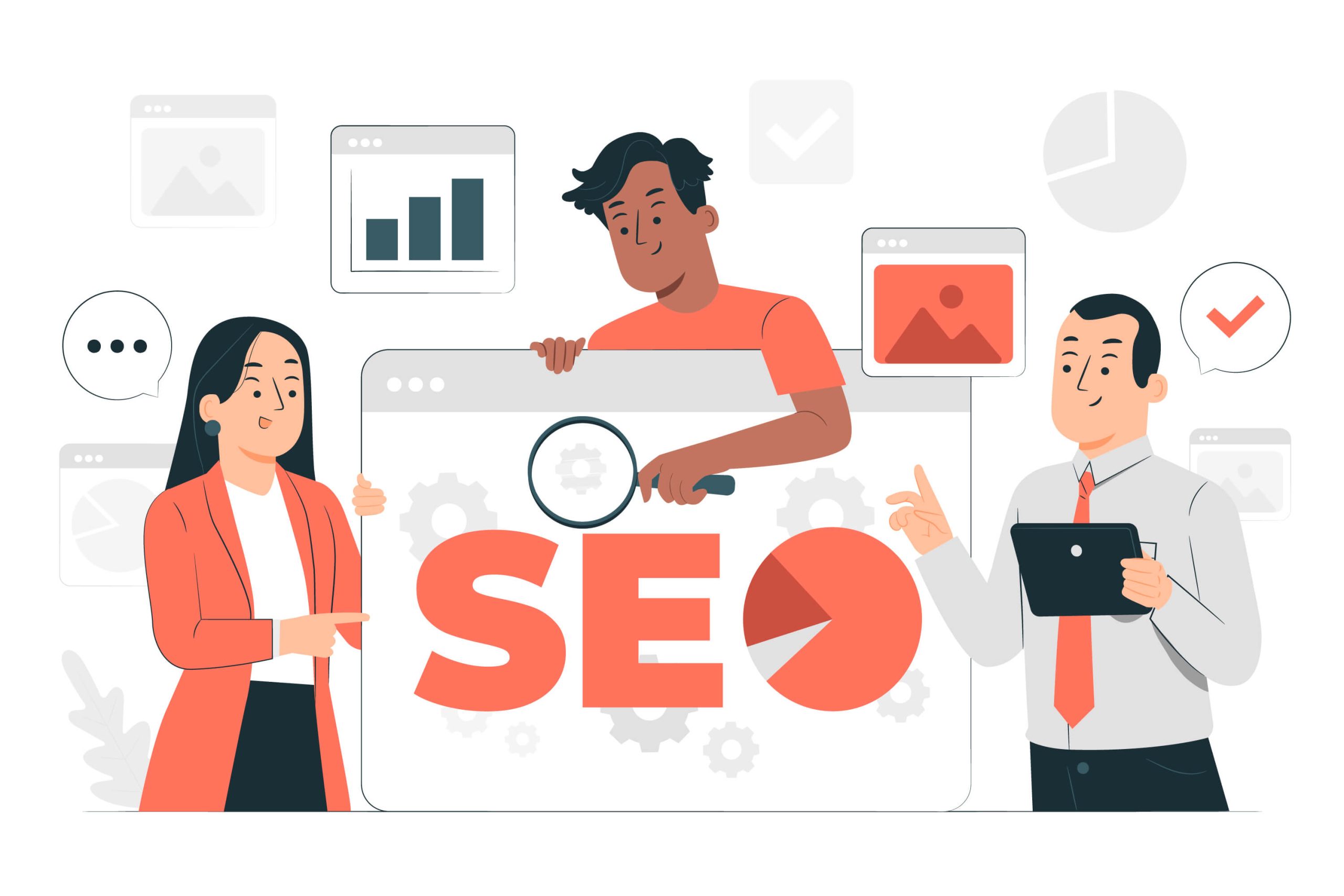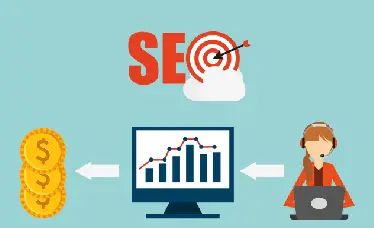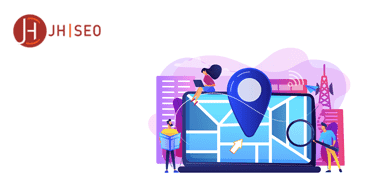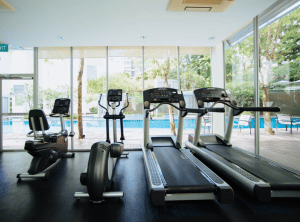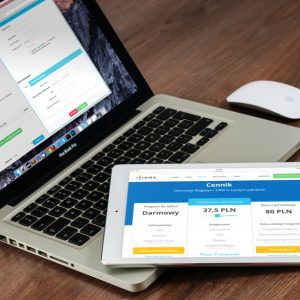SEO, or search engine optimization, is one of the best ways to improve your website’s visibility and traffic. It can be a bit tricky to learn at first, but with a little effort, you can start seeing results. According to the stats shared by InnerGrowth, 93% of experiences on the Internet start with a search engine. Also, the top result on Google has a 33% chance of getting clicked. 75% of people won’t even click on the second page of the search results. So, you may understand why SEO is such a deal. SEO is your key to ranking higher than other websites on Google.
Now, we will discuss some tips on how to improve your SEO and get your website ranked higher in the search engines!
1. Use Google Analytics to track metrics
If you want to improve your SEO, one of the best tools at your disposal is Google Analytics. By tracking various metrics, such as the number of visitors to your site and the keywords they used to find it, you can refine your SEO strategy to better target your audience. Additionally, Google Analytics can help you to identify which parts of your site are performing well and which could use some improvement. By taking advantage of all that Google Analytics has to offer, you can ensure that your SEO efforts are as effective as possible.
2. Use Keywords
Keywords are an important part of the formula. Include keywords into your content responsibly and sparsely so they don’t overwhelm – which would rank against you! Keyword usage should fit naturally into sentences without being overused as well: keyword phrases can appear anywhere from headlines/headings tags on pages AND even within image captions if applicable. And lastly…you must utilize long-tail keywords 3+ word searches found through Google’s algorithm since this will give YOUR website greater chances of ranking higher than others.
Best Keyword Tools
Choose the right keywords for SEO
One of the most important things you can do to improve your SEO is to choose the right keywords. Keywords are the words or phrases that people will search for when they are looking for information on the internet. If you choose the right keywords, it will be much easier for people to find your website. There are a few things to consider when choosing keywords:
- Relevancy: The keywords you choose should be relevant to the content on your website. Otherwise, people will not be able to find what they’re looking for and they’ll move on to another site.
- Competition: You also want to choose keywords that have low competition. That way, it will be easier for your website to rank higher in the search engines.
- Traffic: The last thing to consider is how much traffic the keywords you’ve chosen will generate. You want to choose keywords that are popular, but not too popular. If a keyword is too popular, it will be very difficult to rank for that keyword.
Optimize your website for those keywords
Once you’ve chosen the right keywords, you need to start optimizing your website for those keywords. This can be done in a number of ways:
- Add the keywords to your titles and descriptions: One of the best places to use your keywords is in your titles and descriptions. When people see these words, they will know that your website is relevant to their search.
- Use the keywords throughout your content: In order for your website to rank higher, you need to use your keywords throughout your content. This includes in the body of your text, as well as in the headers and titles of your pages.
- Add keyword-rich alt tags to your images: Another great way to use keywords is by adding keyword-rich alt tags to your images. Alt tags are the text that appears when an image can’t be displayed. By including keywords in these tags, you can help improve your website’s SEO.
3. Create New Content
A key part of SEO is creating new content, and one way to ensure that your content is SEO-friendly is to write in a way that flows naturally. This means you should share content with readers regularly to improve your SEO. You should include keywords in content but also write in a way that flows naturally without feeling forced or unnatural. it’s all about finding the right balance between those two concepts! One way to do this is by also including semantically related keywords (keywords that are related in meaning to your primary keyword target). By doing this, you can help improve your SEO and make your content more user-friendly.
4. Optimize images
Images are a vital part of any website. Not only do they help break up blocks of text, but they also provide valuable information for search engines like Google. When it comes to SEO, though, images are often overlooked.
That’s a shame, because optimizing your images can be a quick and easy way to improve your site’s ranking. Here are a few tips on how to optimize your images for better SEO:
Use descriptive file names
When you save your images, use descriptive file names that include keywords for your target audience. For example, if you have an image of a green product, you might save it as “green-product.jpg.”
Include keywords in your alt text
In the “alt” text field for each image, include keywords that describe the image. This helps search engines index your images and improve your site’s ranking.
Use responsive design
Make sure your images are sized appropriately for different devices. With responsive design, your website will automatically adjust to provide a great experience on any screen size.
Optimize your images for speed
As it’s mentioned before, large or unoptimized images can slow down your website, which can hurt your ranking. Use an image compression tool like TinyPNG to reduce the file size of your images without sacrificing quality.
5. Optimize Your Links
Another important part of SEO is building links. This can be done by creating high-quality content and then promoting it on social media and other websites. You can also reach out to other website owners and ask them to link to your site. Also, optimizing your current links and fixing broken ones will help you to improve your SEO.
Fix Any Broken Links
If you have any broken links on your website, it can hurt your SEO. Make sure to fix any broken links as soon as possible. You can use a tool like Screaming Frog to find any broken links on your website. If you don’t have much time, you can redirect broken links to relevant pages.
Diversify Your Backlink Portfolio
Backlinks are one of the most important ranking factors for off-page SEO. So, it’s important to have a diversified backlink portfolio. That means getting high-quality backlinks from a variety of different sources. Some of the best ways to get backlinks are guest blogging, directories, and press releases.
Boost Pages With Internal Links
Internal linking is also an important ranking factor for SEO. That’s because it helps Google index your website and understands your website’s structure. It also helps to increase the PageRank of your website’s pages. So, make sure to add internal links to your website’s pages.
Use keyword-rich anchor text
When linking to other websites or pages on your own site, be sure to use keyword-rich anchor text. This will tell search engines what the page you’re linking to is about and help improve your website’s SEO.
6. Optimize Your Site For Mobile Devices
More and more people are using their mobile devices to search the internet. 70% of Google searches come from mobile devices. Google is now taking this into consideration when they are ranking websites. So, it’s important to make sure that your website is optimized for mobile devices.
There are a few things you can do to make sure your website is mobile-friendly. One is to use responsive design. This means that your website will adjust to fit any screen size. Another thing you can do is to use large font sizes and buttons. This will make it easier for people to navigate your website on their mobile devices.
7. Get your site listed as a featured snippet
A featured snippet is a summary of your page that appears at the top of the search results. It is an excellent way to get more exposure for your website. To get your site listed as a featured snippet, you need to optimize your pages for the “Featured Snippet” rich result. You can do this by using the following tips:
- Use short, concise, and scannable sentences.
- Use bullet points or numbers to list out information.
- Make sure your page is well-organized and easy to read.
- Include relevant keywords in your title and throughout your content.
- Optimize your images with alt text that includes relevant keywords.
- Keep your content up-to-date and relevant to your audience.
8. Optimize existing content for SEO best practices
SEO, or search engine optimization, is the process of making sure your website and its content are designed to be easily found by search engines. By following SEO best practices, you can help improve your website’s ranking in search results, making it more likely that potential customers will find you.
- Include relevant keywords: One way to optimize your content for SEO is to include relevant keywords throughout. However, it’s important to use keywords sparingly and naturally – stuffing your content full of keywords will not only make it difficult to read but will also hurt your SEO efforts.
- Make sure your content is well written: Another way to optimize your content is to make sure it is well-written and informative. Clear, concise writing is easier for both humans and search engines to understand, so aim for quality over quantity.
9. Improve Your Page Loading Speed
One important factor to improve your SEO is page speed. Page speed is the time taken for a web page to load. Google can recognize if your page is too low and it will affect your ranking. Moreover, according to Kissmetrics, 40 percent of consumers will abandon a website that takes more than three seconds to load. So, yes, improving your page speed can have a positive impact on your SEO.
There are several ways you can improve your page speed. One way is to optimize your images. Image files can be large, which can make your pages load slowly. By reducing the file size of your images, you can improve your page speed. Another way to improve your page speed is by minifying your code. This means eliminating unnecessary characters from your HTML, CSS, and JavaScript files. This will make your files smaller, which will help your pages load faster.
10. Encourage Sharing on Social Media
11. Create Clean, Focused, and Optimized URLS
Another important factor in SEO is your website’s URL. Your URL should be short, focused, and relevant to your content. It should also include your target keyword.
For example, if your target keyword is “SEO tips,” then your URL should be something like “example.com/seo-tips.” This will help Google understand what your page is about and rank it accordingly. Don’t use irrelevant words in your URL. Don’t try to write the whole title down if it is too long.
12. Monitor Google Search Console
One of the best ways to monitor your website’s SEO is by using Google Search Console. It’s a free tool that allows you to see how your website is performing in the search engines. It also lets you submit your sitemap, which is important for indexing your pages.
To use Google Search Console, simply sign up for a free account and add your website. Once you’ve added your website, you can start moniSearch Engine Optimization (SEO)toring your SEO performance. You’ll be able to see things like your website’s click-through rate, impressions, and average position in the search results.
13. Improve local SEO
Local SEO is one of the best ways to improve your website’s visibility and traffic. It can be a bit tricky to learn at first, but with a little effort, you can start seeing results. Local search engine optimization or “local SEO” may be the most overlooked aspect of an effective website. With 46% of Google queries seeking local information, it’s essential to have your site appear when people enter “near me.”
What steps can you take? First off all – do not neglect on-page optimizations such as keyword density; these will still show up in any SERPs (search engine results pages). Second – include links from external sources like Yelp which display listings based upon user proximity so they’re more likely clicked upon by visitors looking for nearby businesses.
Here are some tips on how to improve your local SEO:
- Optimize your Google My Business listing
- Add location pages
- Improve your website’s speed and mobile-friendliness
- Optimize your website for voice search
- Create local content
- Build citations and backlinks
- Promote special offers and discounts
- Use schema markup
- Monitor your online reviews
Implementing these tips can help you improve your local SEO and get more visibility and traffic from potential customers in your area.
SEO is an important part of having a successful website. By following these tips on how to improve your SEO, you can start seeing better results. If you need professional help you can contact us anytime!





